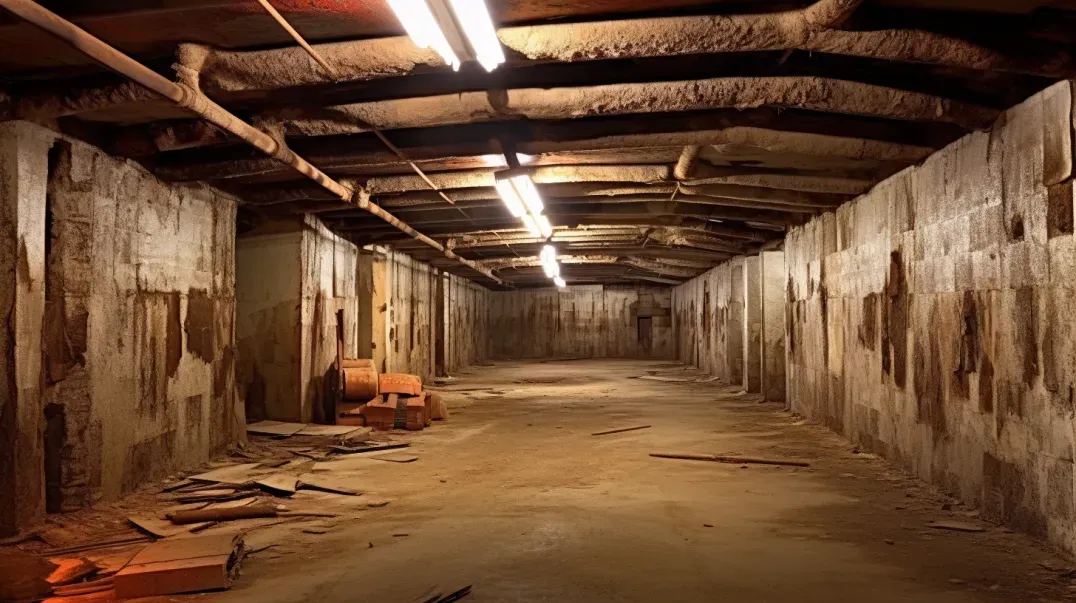
In the quest for a more energy-efficient home, attic insulation emerges as a silent hero, playing a pivotal role in maintaining comfortable indoor temperatures and reducing energy costs. This blog delves into the critical importance of attic insulation, shedding light on how this often-overlooked aspect of home design can significantly impact your home's energy efficiency and overall comfort.
Attic insulation acts as a thermal barrier, preventing heat transfer between your home's interior and the outside environment. During the sweltering summer months, it helps keep the scorching heat at bay, ensuring your living spaces remain cool and comfortable without overburdening your air conditioning system. Conversely, in the chill of winter, it traps warmth inside, reducing the need for excessive heating and thereby lowering energy consumption.
But the benefits of attic insulation extend beyond mere comfort and energy savings. This blog will explore how proper insulation contributes to a healthier home environment, prevents moisture-related issues that can lead to costly repairs, and even enhances the overall value of your property. With insights from industry experts and tips on selecting the right insulation materials and techniques, we aim to provide you with a comprehensive guide to optimizing your attic's insulation for maximum energy efficiency.
Whether you're a seasoned homeowner looking to make sustainable upgrades or a new buyer aiming to build an energy-efficient home from the ground up, understanding the importance of attic insulation is a crucial step toward achieving your goals. Join us as we uncover the key to unlocking the full potential of your home's energy efficiency through the strategic use of attic insulation.
Assessing Your Attic Insulation Needs
Ensuring your home is energy-efficient and comfortable year-round starts with proper attic insulation. However, over time, insulation may deteriorate or prove insufficient, leading to various home efficiency problems. This section will guide you through identifying signs of insulation deterioration and understanding the requirements for optimal attic insulation, helping you make informed decisions for maintaining or improving your home's energy efficiency.
Identifying Insulation Deterioration
The first step in assessing your attic insulation needs is to recognize the signs of inadequate insulation. Common indicators include uneven temperatures within your home, unusually high energy bills, and the formation of ice dams on the roof during winter. These symptoms suggest that your attic insulation is not effectively keeping the heat in during the winter and out during the summer.
To inspect your attic insulation condition, start by visually examining the insulation material for any signs of damage, such as dampness, mold, or areas where the insulation has compressed or thinned out. It's also crucial to check for any air leaks around attic hatches, plumbing vents, or electrical fixtures, as these can significantly undermine the insulation's effectiveness.
Understanding Attic Insulation Requirements
The right insulation for your attic depends on several factors, including your local climate, the size of your attic, and its ventilation. The insulation's resistance to heat flow is measured in R-values, with higher values indicating better insulation. Climate zones play a pivotal role in determining the recommended R-values for your attic insulation. For instance, homes in colder climates require insulation with higher R-values to maintain energy efficiency and comfort.
When considering insulation options, it's essential to factor in your attic's size and ventilation. Proper ventilation helps prevent moisture buildup, which can degrade insulation materials over time and lead to mold growth. Therefore, selecting the right type and amount of insulation, considering your specific circumstances, is crucial for achieving optimal energy efficiency and prolonging the lifespan of your insulation.
Choosing the Right Insulation Material for Attics
Selecting the appropriate insulation material for your attic is crucial for enhancing home energy efficiency, comfort, and even contributing to a healthier environment. This section delves into the common attic insulation materials, weighing their pros and cons, and provides insights into innovative and eco-friendly insulation options. Our goal is to equip you with the knowledge to choose the best insulation material that suits your needs, preferences, and values.
Common Attic Insulation Materials
When it comes to attic insulation, several materials are commonly used, each with its unique set of advantages and drawbacks. Understanding these can help you make a more informed decision tailored to your specific situation.
- Fiberglass: Widely used due to its affordability and ease of installation. Fiberglass insulation comes in batts or rolls that fit between attic joists or blown-in forms for a more seamless application. While it provides effective thermal insulation, its performance can diminish over time if not properly installed or if it becomes damp.
- Cellulose: Made from recycled paper products, cellulose is an eco-friendlier option. It's treated with fire retardants and can be blown into attics, offering good insulation and air-sealing properties. However, it may settle over time, potentially reducing its insulation value.
- Spray Foam: Offers excellent air sealing and insulation properties by expanding to fill gaps and voids. There are two types: open-cell and closed-cell, with the latter providing higher R-values and moisture barrier properties. The initial cost is higher, but the long-term energy savings can be significant.
When choosing between these materials, consider factors such as cost, installation ease, the specific needs of your attic (e.g., ventilation, moisture control), and the overall energy efficiency you aim to achieve.
Innovative and Eco-Friendly Options
As environmental awareness grows, so does interest in sustainable insulation materials. These innovative options not only help reduce energy consumption but also minimize environmental impact.
- Sheep's Wool: A natural and renewable resource, sheep's wool is an excellent insulator, moisture regulator, and is naturally fire-resistant. It's more expensive than traditional materials but offers a lower environmental footprint and superior air quality benefits.
- Recycled Denim: Made from post-consumer recycled jeans, denim insulation is a sustainable choice that provides good thermal and acoustic insulation. It's also free from irritants and carcinogens found in some synthetic materials.
- Cork: Harvested from the bark of cork oak trees without harming the tree, cork insulation is another eco-friendly option. It's naturally fire-resistant, provides excellent thermal insulation, and absorbs sound.
Choosing eco-friendly attic insulation materials not only contributes to a more sustainable and energy-efficient home but also supports a healthier living environment. As you consider your options, weigh the benefits of reducing your carbon footprint and promoting environmental sustainability alongside the practical aspects of cost and installation.
Preparing for Insulation Replacement
Replacing attic insulation is a key step in improving your home's energy efficiency and comfort. However, the process involves more than just installing new materials; it requires careful preparation and adherence to safety protocols to ensure the project's success and your well-being. This section covers essential safety precautions and gear, along with preparatory steps you should take before the insulation replacement begins.
Safety Precautions and Gear
Before embarking on insulation replacement, prioritizing safety is crucial. Whether you're doing it yourself or overseeing the work, understanding the necessary safety equipment and handling procedures is essential.
- Essential Safety Equipment: Always wear protective clothing, including a long-sleeved shirt, pants, gloves, a high-quality mask or respirator, and safety goggles. This gear protects you from irritants and potentially harmful particles present in old insulation materials.
- Tips for Safe Handling and Disposal: Handle old insulation with care to minimize the release of dust and fibers. Use sealable bags to contain and remove the material from your attic. Consult local waste management guidelines for the proper disposal of old insulation, as some materials may require special handling.
Pre-Insulation Preparation
Proper preparation of the attic space is critical to the success of your insulation replacement project. Taking the time to clear the area and address any necessary repairs will ensure that the new insulation performs effectively.
- Clearing the Attic Space: Remove any stored items, debris, or old insulation materials from the attic. This step provides clear access for inspection and installation and helps identify areas that may need repair or additional preparation.
- Addressing Repairs: Inspect the attic for signs of damage or wear, such as leaks, holes, or structural issues. Repairing these problems before installing new insulation is vital to prevent moisture damage and ensure the longevity of the insulation.
- Ensuring Proper Attic Ventilation: Adequate ventilation is essential to prevent moisture accumulation and maintain air quality. Check that existing vents are clear and unobstructed. If necessary, install additional vents to improve airflow throughout the attic.
Preparing your attic for insulation replacement is a process that requires attention to detail and a commitment to safety. By following these guidelines, you can create a safer work environment and lay the groundwork for effective insulation that will enhance your home's energy efficiency for years to come.
Insulation Replacement Techniques for Attics
Replacing attic insulation is a critical step in maintaining your home's energy efficiency and comfort. Whether you're a seasoned DIY enthusiast or considering professional services, understanding the best practices and what to expect can significantly impact the success of your project. This section offers tips for those looking to install insulation themselves and advice for hiring professionals.
DIY Insulation Installation Tips
For many homeowners, installing attic insulation is a manageable project that can improve home comfort and energy efficiency. Here's a step-by-step guide to help you navigate the process, along with tips to avoid common pitfalls.
Step-by-Step Guide:
- Preparation: Ensure your attic is clean, well-ventilated, and free of old insulation or debris. Wear protective gear, including gloves, masks, and goggles.
- Measuring: Accurately measure your attic space to determine how much insulation material you'll need. Don't forget to account for the R-value recommended for your climate zone.
- Choosing Insulation: Select the appropriate insulation type (fiberglass, cellulose, or spray foam) based on your needs, budget, and the specific characteristics of your attic.
- Installation: For batts and rolls, lay the insulation between the joists, and for blown-in types, use a rented insulation blower. Ensure even coverage and avoid compressing the material, as this reduces its effectiveness.
Common Pitfalls to Avoid:
- Ignoring Ventilation: Ensure soffit vents are not blocked by insulation, as proper attic ventilation is crucial to prevent moisture issues.
- Inadequate Sealing: Before insulating, seal all air leaks in the attic floor to prevent warm air from escaping from the living spaces below.
- Overlooking Protective Gear: Always use appropriate safety equipment to protect yourself from irritation and potential health risks associated with insulation materials.
Professional Insulation Services
While DIY projects can be rewarding, certain situations call for professional expertise. Here's when to consider hiring a professional and how to choose the right contractor.
When to Consider Hiring a Professional:
- Complex Attic Layouts: If your attic has a complex layout, limited access, or pre-existing issues like mold or structural damage, a professional can ensure the job is done safely and effectively.
- High-Performance Insulation: Installing certain types of insulation, such as spray foam, requires specialized equipment and expertise.
- Comprehensive Energy Efficiency Solutions: Professionals can provide a holistic approach to your home's energy efficiency, including air sealing, ventilation, and insulation.
How to Choose a Reputable Insulation Contractor:
- Research and Referrals: Start with online research and ask for referrals from friends or family. Look for contractors with positive reviews and a solid track record.
- Verify Credentials: Ensure the contractor is licensed, insured, and certified to install insulation. Professional certifications indicate a higher level of expertise and commitment to quality.
- Get Multiple Quotes: Obtain quotes from several contractors to compare prices, materials, and proposed solutions. Don't just choose based on price; consider the value and quality of the service offered.
Enhancing Attic Insulation Effectiveness
Maximizing the energy efficiency of your home often involves more than just adding new insulation to your attic. To truly enhance the effectiveness of your attic insulation, it's crucial to address air leaks and ensure proper insulation around attic features. This section explores the importance of air sealing and provides additional considerations for maintaining optimal insulation performance.
Air Sealing for Improved Performance
Air leaks in the attic can significantly undermine the effectiveness of your insulation by allowing warm or cool air to escape, leading to higher energy bills and less comfortable living conditions. Here's how to tackle this issue:
Importance of Sealing Air Leaks: Sealing air leaks is essential for achieving optimal insulation efficiency. It prevents conditioned air from escaping and unconditioned air from entering, which can make a significant difference in your home's overall energy performance.
Techniques for Identifying and Sealing Attic Air Leaks:
- Visual Inspection: Start by looking for obvious gaps and holes in the attic floor, especially around light fixtures, pipes, chimneys, and other penetrations.
- The Incense Stick Test: Light an incense stick and hold it near suspected leak sites. If the smoke wavers, you've found an air leak.
- Sealing Leaks: Use caulk for small gaps and expanding spray foam for larger openings. Ensure that all leaks are sealed before adding new insulation, as this will enhance the overall effectiveness of your insulation.
Additional Insulation Considerations
To further enhance the effectiveness of your attic insulation, pay attention to the following considerations:
- Addressing Insulation Around Attic Features: Insulating around attic features like chimneys and vents requires special attention. Use non-combustible materials like metal flashing to create a barrier around heat-producing elements like chimneys, and ensure vents are not blocked by insulation to maintain proper attic ventilation.
- Importance of Maintaining Insulation Depth and Coverage: Even distribution and adequate depth of insulation are key to its effectiveness. Avoid compressing insulation, as this reduces its R-value. Ensure that insulation covers the entire attic floor, including the areas around attic stairs and access points, for uniform thermal protection.
Enhancing the effectiveness of your attic insulation through air sealing and careful attention to insulation around attic features can lead to significant improvements in your home's energy efficiency and comfort. By taking these steps, you can ensure that your insulation works as effectively as possible, providing long-term benefits and savings.
FAQs
Contact Bull City Crawlspace Today!
Bull City Crawlspace will do everything we can to ensure your experience with us is excellent.
Request A FREE Estimate
Request a Free Estimate Form
Checkout Recent Post
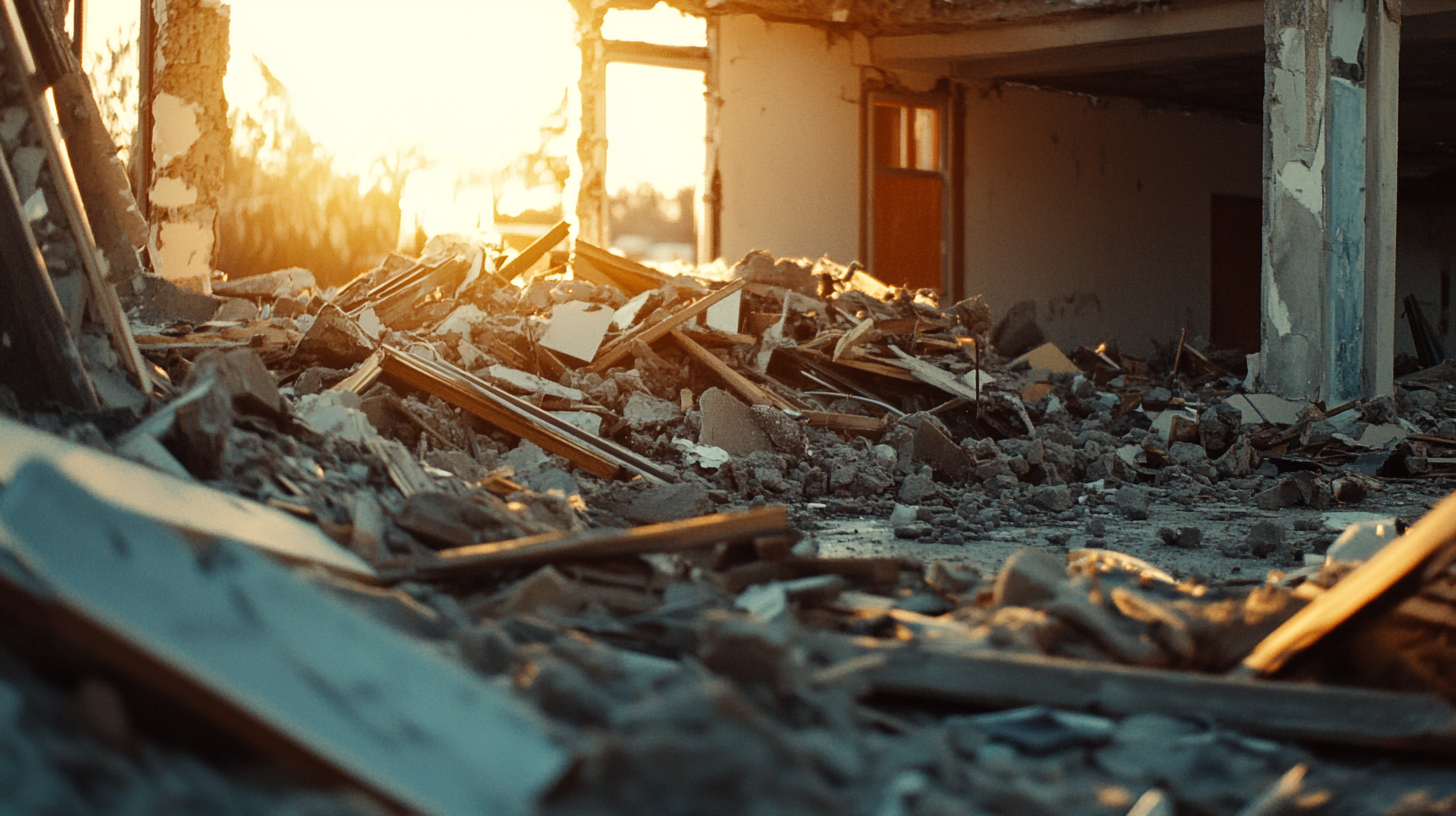
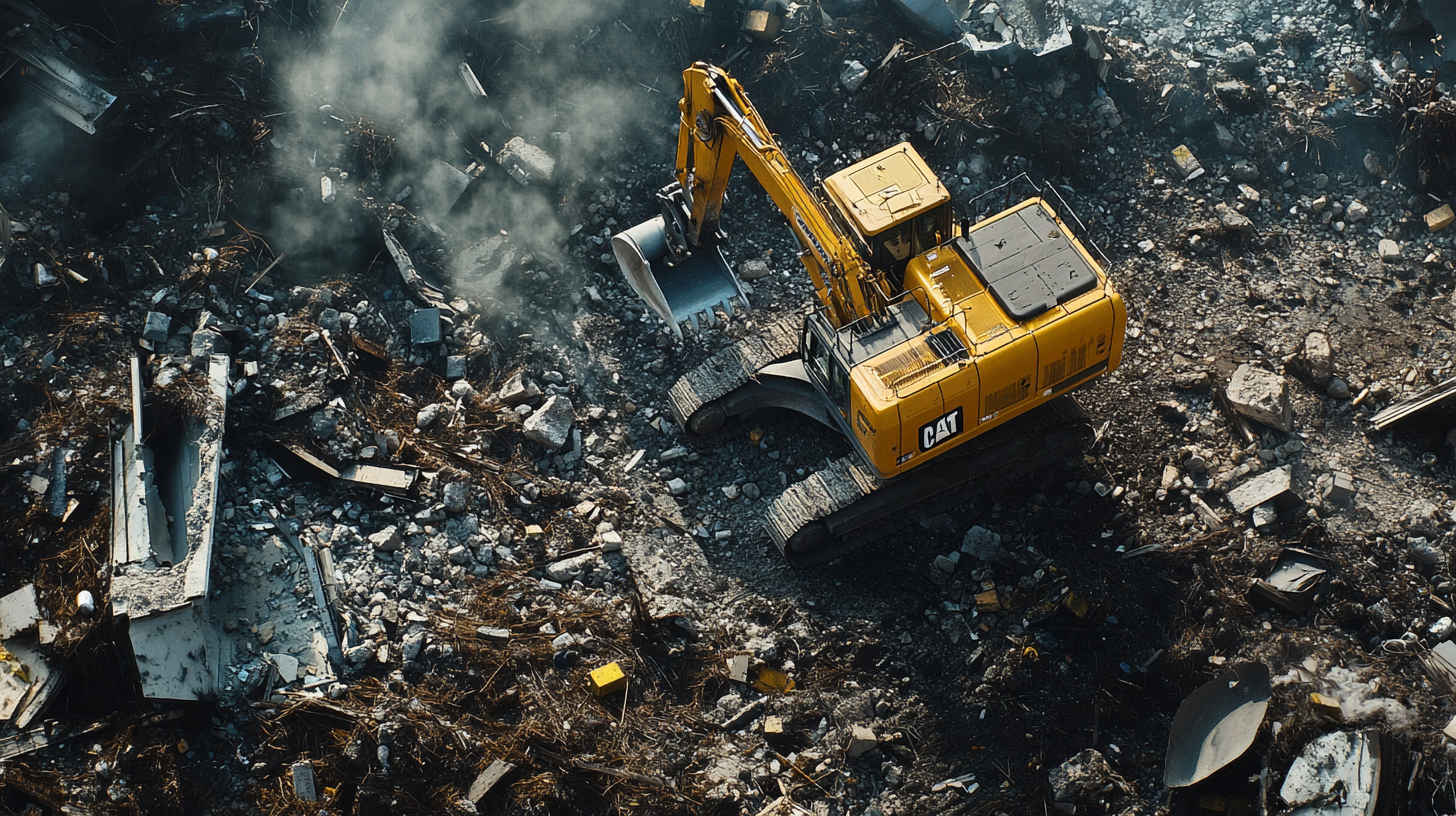
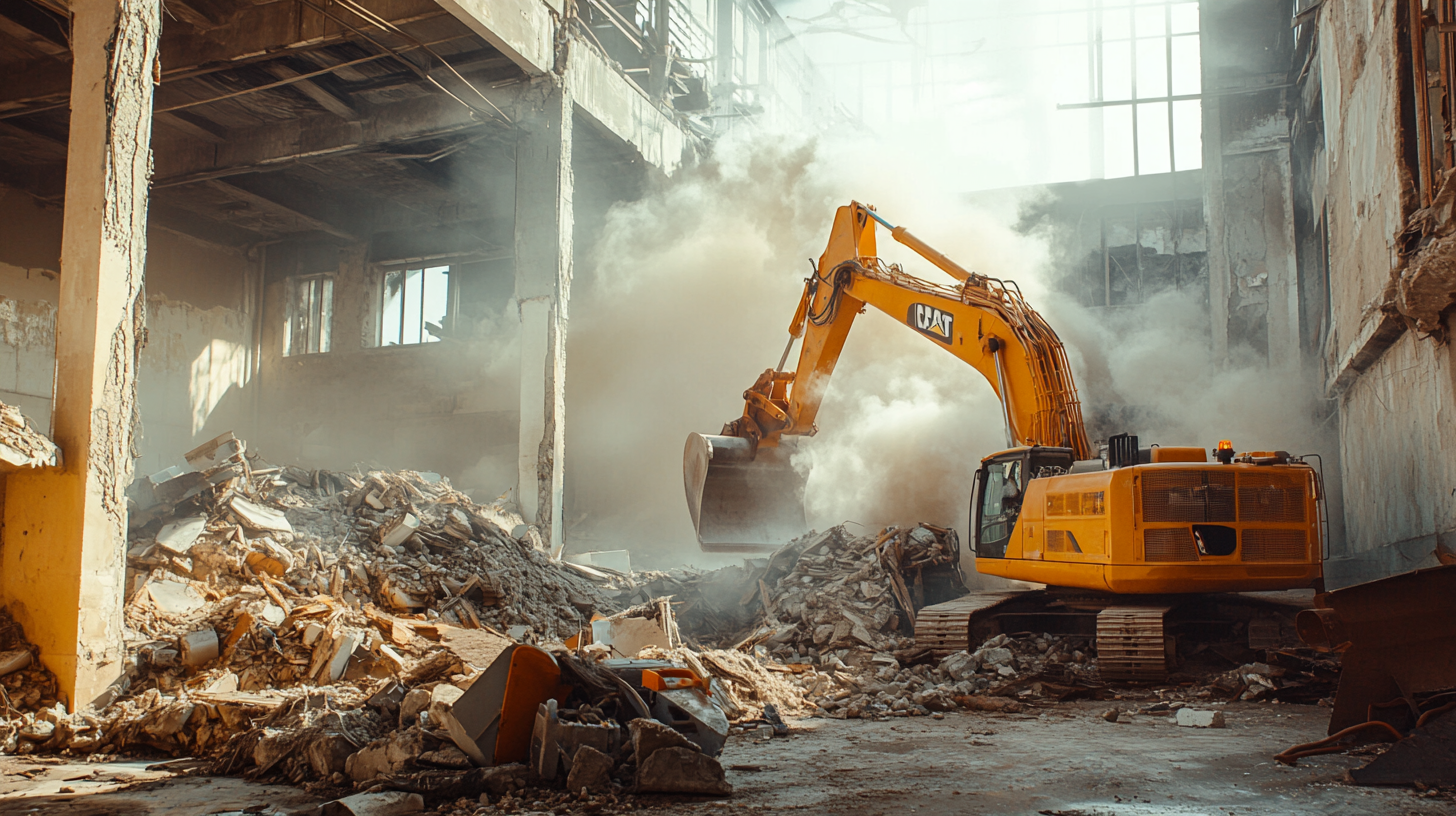
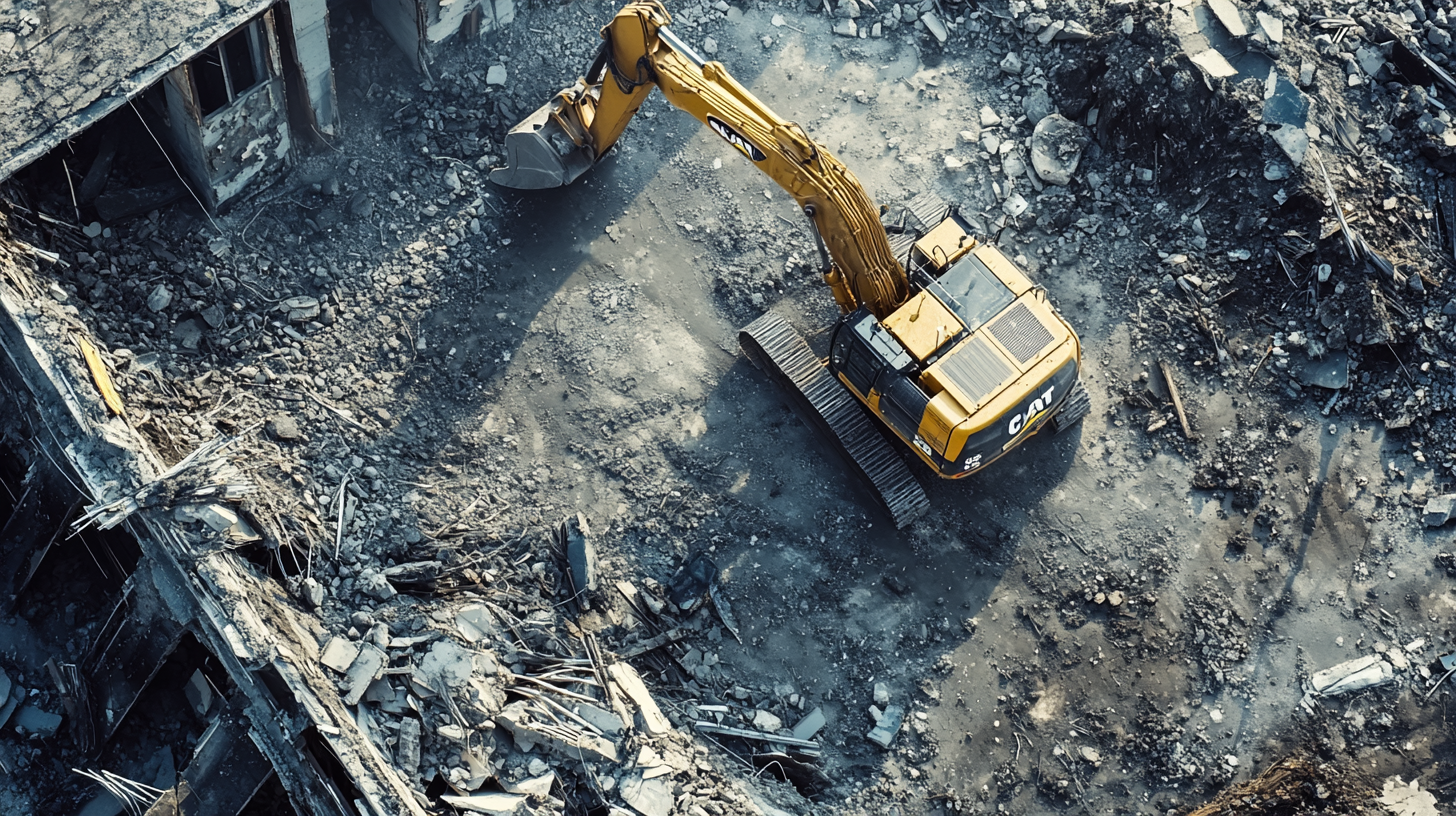
Got a Question? We’re Here to Help.
You can arrange an appointment or make an enquiry by phone or email, orget in touch to us via our contact form.

